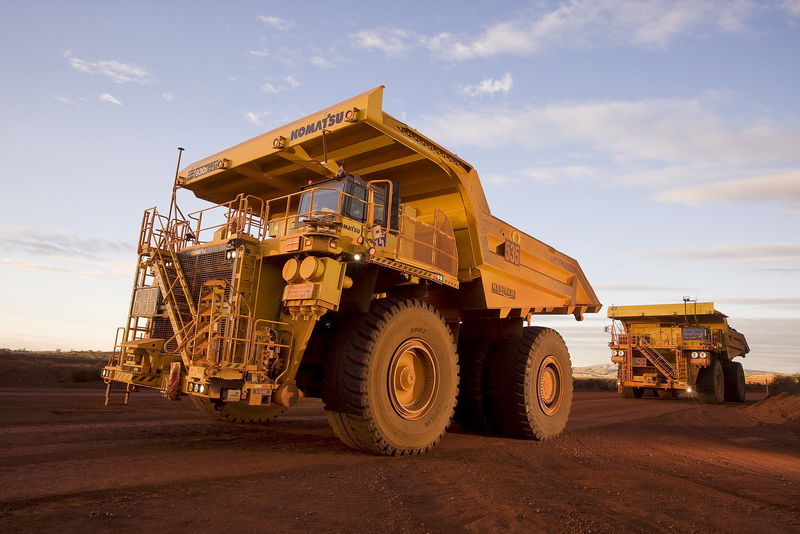The EV/Resource ounce (oz) is a nuanced valuation metric instrumental in the mining industry, particularly within the domains of precious metals such as gold and silver.
It encapsulates a blend of market sentiment and geological prospectivity, representing the amount investors are willing to pay per ounce of a company's in-ground resources.
This metric is not just a figure; it's a narrative of potential and value, a distillation of complex data into a singular, compelling story.
Following the narrative
To comprehend the narrative of EV/Resource ounce, we must first understand its components. The 'EV' stands for Enterprise Value, a holistic measure that captures a company's total worth.
It is the sum of its market capitalization (the total value of its shares), debt, and preferred shares, adjusted by subtracting any cash and cash equivalents.
This offers a more complete picture than market capitalization alone, as it includes debt and cash levels which can significantly affect a company's true value.
The 'Resource ounce', on the other hand, refers to the amount of mineral resource a company has identified through exploration.
These resources are meticulously cataloged into measured, indicated, and inferred categories, reflecting the certainty with which they can be economically mined. The resource ounce gives a tangible shape to the potential lying dormant beneath the earth's surface.
Looking at the calculations
When we divide EV by the total ounces of resources, we get the EV/Resource ounce ratio. This ratio tells investors how much the market values each ounce of resource a company controls.
It's a metric that allows for a direct comparison between companies, enabling investors to evaluate which ones are trading at a premium or a discount relative to their peers.
A lower EV/Resource ounce could indicate a potentially undervalued company or one with high-quality, easily accessible resources. A higher ratio might suggest overvaluation or less accessible resources.
However, the EV/Resource ounce metric is not without its complexities and potential misinterpretations.
It doesn't discriminate between resources that are easily mined and those that are not. It ignores the capital and operational costs required to extract these resources, the geopolitical stability of the region where the resources are located, and the market conditions that might affect commodity prices.
Understanding the metric
Some investors might mistakenly interpret a low EV/Resource ounce as an unequivocal signal of an undervalued stock, overlooking the fact that not all resources can be economically extracted.
There is also the misconception that the metric can stand alone as an indicator of value, disregarding the myriad of other factors that influence a mining company's success or failure.
Moreover, the EV/Resource ounce fails to capture the potential for future discovery or the technological and regulatory hurdles that could impede resource development.
It is silent on the company's operational efficiencies, management quality, and even the sustainability of mining practices — factors increasingly important to socially-conscious investors.
Part of the DD process
Thus, while EV/Resource ounce serves as an insightful starting point for investors, it should be part of a broader due diligence process.
It should stimulate questions rather than provide definitive answers: Is the company's valuation justifiable? What are the prospects of converting resources to reserves? How do cost, location, and market conditions affect the potential for profit?
And finally...
The EV/Resource ounce is a compelling valuation metric, but it's not a standalone arbiter of value.
It's a chapter in a much larger story of a mining company's worth, a story that requires investors to read between the lines and look beyond the numbers to the realities of mining economics.
It underscores the importance of comprehensive analysis, reminding us that in the intricate world of mining finance, a single metric is just one piece of the puzzle.
